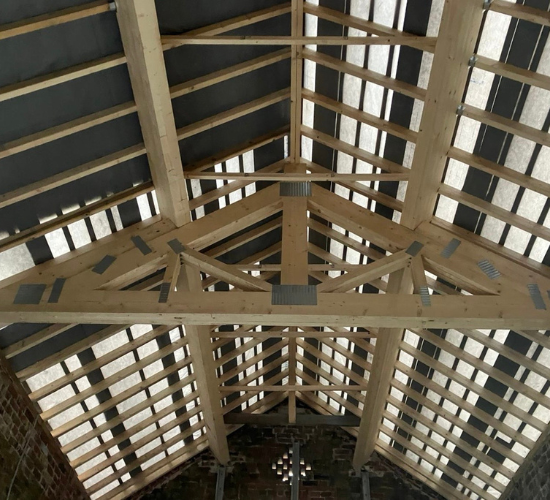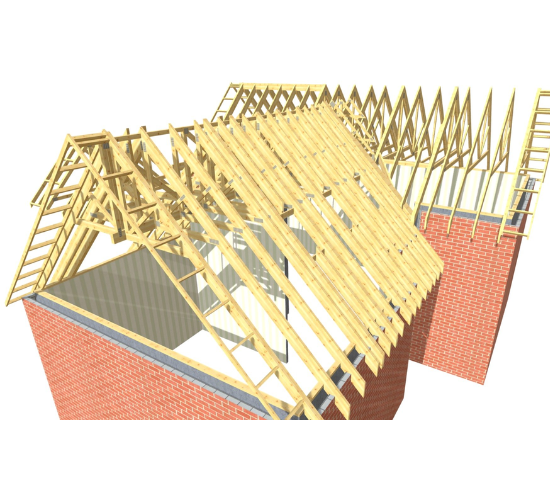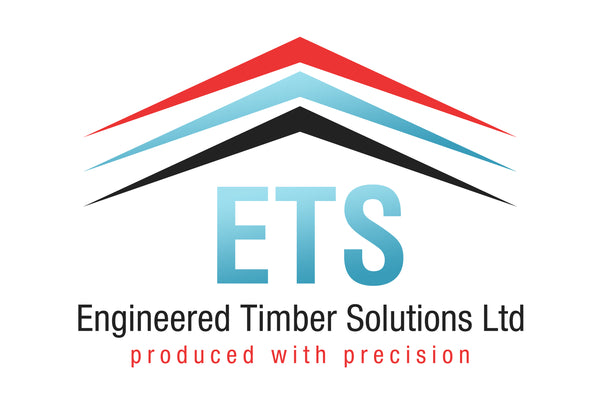
Raised Tie Trusses
Our Roof Products

A raised tie roof truss is a truss where the bottom chord, i.e., the base of the triangle, moves up towards the top of the triangle. Other trusses tend to support on the ceiling tie - the bottom chord, raised tie trusses are supported partway up the lower end of the rafters.
These trusses are a great solution when the internal ceiling height is required to be higher than that of the wall plate.
More height, more light!
Raised tie trusses increase the internal room height without increasing the overall external height. This helpful increase in height can create a much more habitable space where a fink truss (we explain fink trusses too) would be unable to.
You may find that a height restriction put in place by the council can be abided by without compromising on the space within your project by using raised tie trusses.
Using raised tie trusses to create a vaulted or sloped ceiling can add an aesthetic point of interest to a room. This style of roof truss helps homeowners to increase the amount of light they can bring into their homes. They are also excellent for skylight placement as they are raised higher and angled better.
Not only do you have a light and airy feeling room, but also more natural light coming in resulting in a more pleasant living space. They also provide an opportunity to use larger windows, installed in a gable wall, framed by the truss shape, which would increase the amount of light and serve as a talking point or feature in the room. Raised tie trusses are useful for this application especially in new houses, often for master bedrooms, adding that wow factor!
If there was a difference in heights between the wallplates, then the raised tie truss is the natural choice. The long sloping side of a raised tie truss does not need to be equal so asymmetrical roofs can be designed using this truss type. This dramatically increases their applications and provides solutions to many more challenging designs.

Advanced roof design techniques
Now we are getting technical. Here at ETS we design raised tie trusses using advanced practises, such as reinforcing rafters. In doing so, we can produce working trusses with higher collar heights and larger spans. We can apply our expertise to omit steel beams where possible from plans which previously specified their use. This not only simplifies the supply chain to the build but can reduce costs.
If you wish to enquire about raised tie trusses, please contact our team on 01952 771170, e-mail us at sales@etstrusses.co.uk or use the request a quote page.
